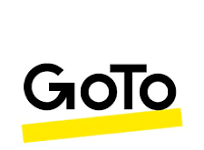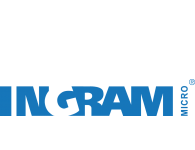Have you ever stood in front of the printer, randomly poking at buttons and wondering how to get the machine to do what you need it to do. What often comes next is a frustrated shout out for help.
Today’s multifunction devices are really intelligent workplace assistants that help employees instead of slowing them down. They play multiple roles — sometimes as endpoints, sometimes as on-ramps — that have a direct impact on customer experience, costs, security and productivity.
An average worker could spend as much as three minutes waiting for a print job from a central printer. That may not sound like much by itself, but when you multiply it day by day, employee by employee, it can add up to hundreds of wasted hours per year for SMBs.
Next-generation workplace assistants have built-in tools to help take a bite out of the frustration:
· installation wizards to guide non-technical users through set up;
· the ability to preview scans and faxes right at the user interface;
· making scanned documents searchable with Optical Character Recognition capability;
· and enabling access to popular cloud-based services.
Just like our phones and tablets, multifunction devices have become less like printers/copiers and more like the powerful computers they are. They even allow us to tap into the same apps that many of us rely on when using our own mobile devices. Apps make it easier to use devices as part of digital workflows to cloud and other platforms and applications. Users can expand device functionality simply by adding capabilities from an ever-expanding app gallery, or build your own apps.
Next-generation device vendors have introduced apps to multi-function devices in ways that reflect how we like to work for convenience, and how we need to work to be successful. Now apps can be embedded in or downloaded to devices for multiple purposes, such as scanning documents to email or converting paper documents to images, PDFs or Word and Excel files.
Just as important as delivering an improved user experience, multi-function devices today can create an enhanced customer experience.
Existing paper-based processes can be easily converted to digital and back, for faster, more efficient service. So a contract could be generated and populated online, printed out for a client’s signature and the customer’s copy, and then scanned back into the system. These digital workflows allow faster processing and improved customer service.
Next-generation multifunction printers represent a vital component of information flow, which is the lifeblood of organizations in the knowledge economy.
That’s why smart SMBs are now assessing new print devices with a more critical eye, to see if they’re able to fully harness the power of new technology.















